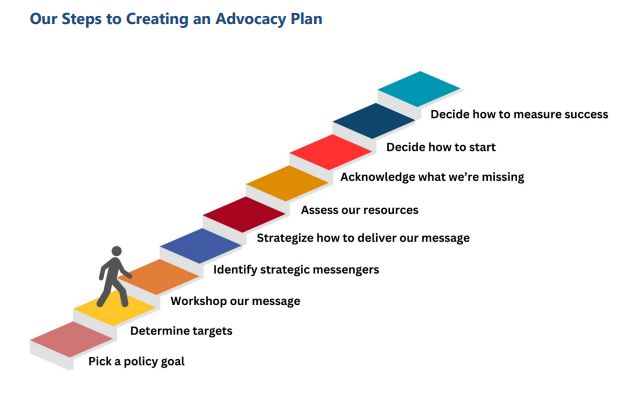What is Meaningful Community Engagement? Learnings from the Perspective of a National Advocacy Organization
By Jesse Fairbanks, Amira Iwuala, Parker Gilkesson Davis, and Kathy Tran
In 2021, the Center for Law and Social Policy (CLASP) began a community engagement effort called Community-Driven Policies and Practices (CDPP). The project was led by CLASP staff and a steering committee of community members known as the Core Collective. Together, we facilitated a series of power-building sessions in Baltimore, Las Vegas, and Tribal Nations in the Pacific Northwest. Our goal in these sessions was to create a safe, inspiring space for people experiencing poverty to dream up policies with the potential to deliver economic justice and strategies to advance them. The sessions culminated in an advocacy plan to implement a policy goal that each group believed would advance their vision for economic justice.
The first half of this report summarizes CDPP, including the project’s guiding principles, planning team, and engagement strategy. This section also spotlights the advocacy plans that community members drafted while participating in CDPP power-building sessions.
Using CDPP as a case study, the second half of this report explores best practices for engaging people with lived experience of poverty in nonprofit advocacy, based on the ideas of CLASP staff, the Core Collective, and community participants. Each grouping of recommendations is divided into actions that could be carried out by staff leading community engagement and structural changes that would need to be spearheaded by leaders in nonprofits. The recommendations for nonprofit leadership require large-scale changes to the policies, practices, and norms that traditionally govern nonprofit advocacy. We acknowledge that most of these structural changes have not been implemented by CLASP or similar nonprofits.
The recommendations fall into five main categories, all of which are essential goals that nonprofits should keep in mind when engaging community members:
- Building Trust and Secure Relationships
- Subverting Power Dynamics Rooted in Systemic Injustice
- Partnering with Community from Design Through Implementation and Evaluation
- Recruiting and Onboarding Community Members
- Creating Valuable Experiences for Community Members
The 50+ recommendations in this report are not an exhaustive list of all engagement strategies available to nonprofits. Community engagement is a boundless practice shaped by grassroots leaders over time, with roots in Indigenous democratic decision-making. Our intention with this report is to compile recommendations that, in the experience of CLASP staff, promote meaningful community engagement led by nonprofits or governments.

Through CDPP, we were able to assess the merit of a national nonprofit practicing direct, place-based community engagement. We found that direct connections to national nonprofits can provide value to community members through professional development opportunities, access to people in positions of systemic power, and resources to sustain their advocacy. Place-based projects led by a national organization can expand the tools available to local groups to make large-scale policy change. The value that national organizations can provide community members, however, can be stunted by long-standing norms within nonprofits and philanthropy. This report argues that the individual actions of nonprofit staff can only go so far to ensure meaningful community engagement. The entire system underpinning nonprofit advocacy needs reform to sustain staffs’ efforts to create valuable experiences for community members that inspire them to continue fighting for important policy changes.